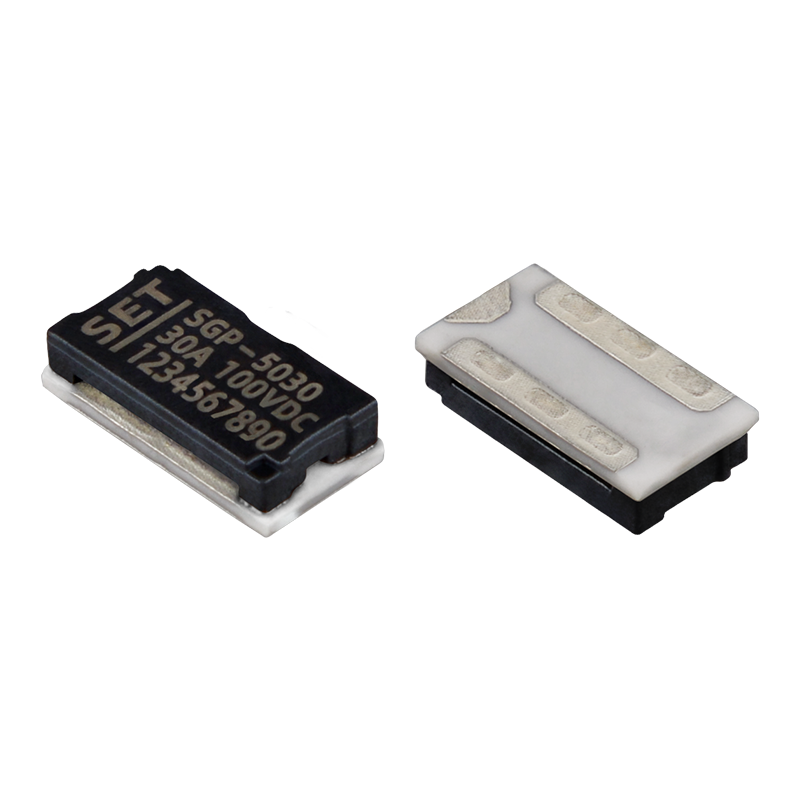
BRAND: All SETsafe | SETfuse products are derived from SETsafe | SETfuse’s own brand “SETsafe | SETfuse”
CUSTOMIZATION: Customers can customize Products, Technical Specifications and Circuit Protection Solutions at SETsafe | SETfuse (subject to communication between the two parties)
UPDATE: The information on SETsafe | SETfuse’s official website is the latest version, so feel free to purchase
- MOV & MOV Disk - Standard Type
- MOV - High Surge Type
- MOV Disk - Lightning Protection Type for T1
- MOV Disk - Lightning Protection Type for T2

- 中文
- Home
- Products
BRAND:
All SETsafe | SETfuse products are derived from SETsafe | SETfuse’s own brand “SETsafe | SETfuse”.
CUSTOMIZATION:
Customers can customize Products, Technical Specifications and Circuit Protection Solutions at SETsafe | SETfuse (subject to communication between the two parties).
UPDATE:
The information on SETsafe | SETfuse’s official website is the latest version, so feel free to purchase.
Over Temperature ProtectionOver Voltage ProtectionTransient Voltage Suppression (TVS Diodes)Thermal Protected Transient Suppression Diode (TTVS)ESD TVS Diode Arrays (ESD TVS)Thyristor Surge Suppressors (TSS)Gas Discharge Tube (GDT)Thermally Protected Gas Discharge Tube (TGDT)Metal Oxide Varistor (MOV) & MOV DiskThermal Fuse & MOV (TFV, TFMOV)Surge Protective Devices Module (SPD-M)Surge Protective Device (SPD)Over Current ProtectionActive ProtectionAccessories - Markets
- News
- Support
- Contact Us































 Over Temperature Protection(84)
Over Temperature Protection(84)




 Over Voltage Protection(229)
Over Voltage Protection(229)








































 Over Current Protection(59)
Over Current Protection(59)
























 Active Protection(17)
Active Protection(17)






 Accessories(2)
Accessories(2)













































